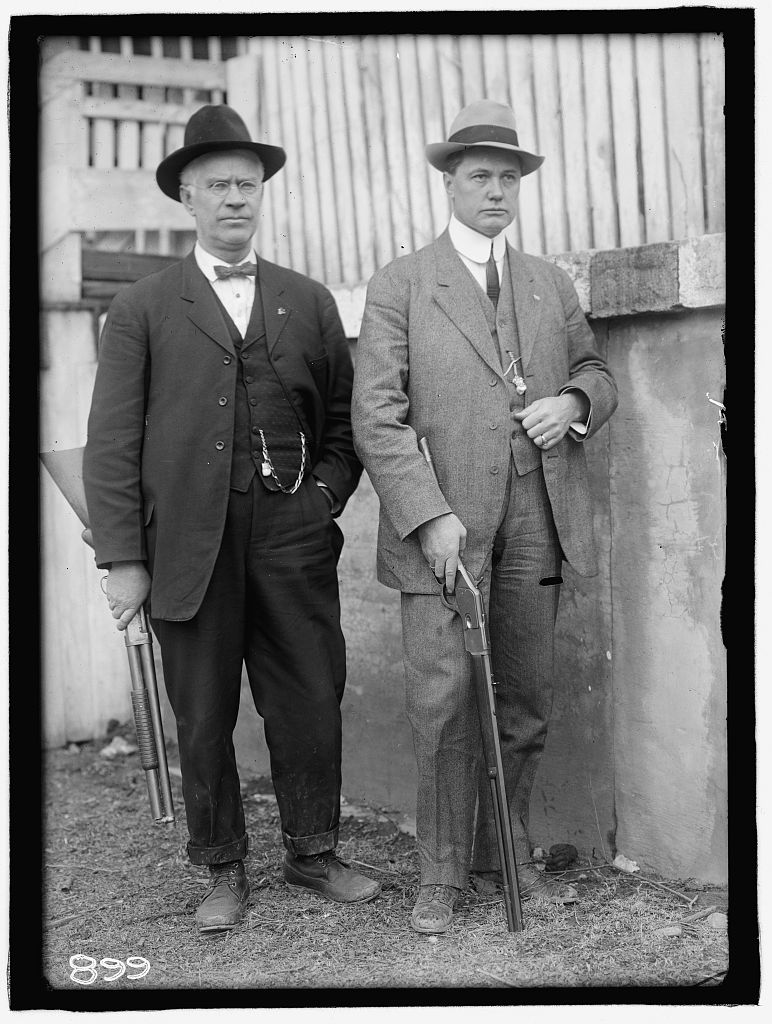Battle of Blair Mountain
Turning Points
National History Day 2024
Coal companies forced their employees into so called, 'yellow-dog contracts.' Upon signing, miners would be forbidden from joining unions, however, if breached, then best scenario was eviction.
_ ________ ________ ________ ________ _
Tension between coal companies and unions grew as unionization became more prevalent in West Virginia, where violence began to become a norm.
"It is like a servant who works in your house. If the servant leaves your employment, if you discharge him and ask him to get out of the servant quarters. It is a question of master and servant."
- Company Lawyer
With the increasing growth in union sympathizers, companies employed agencies to confine and expel their presence. The Baldwin-Felts Detective Agency, founded by William Baldwin and Thomas Felts, was responsible for 'busting unions.' They often worked as coal operators and law enforcement, tasked with kicking unionizers out of their homes, and committing murder.
Trouble came to Matewan County in May 1920. Baldwin-Felts agents, including brothers Albert and Lee Felts, and union supporter Police Chief Sid Hatfield and the Mayor had gotten into a violent confrontation. In an attempt to arrest the Baldwin-Felts group, Albert Felts stated he had a warrant for Hatfield.
"Felts told him that he could not take any bond, and the mayor asked him for the warrant, and he gave the warrant to the mayor and the mayor read the warrant and said it was bogus, it was not legal, and then [Felts] shot the mayor. Then the shooting started in general."
- Sid Hatfield, Police Chief
